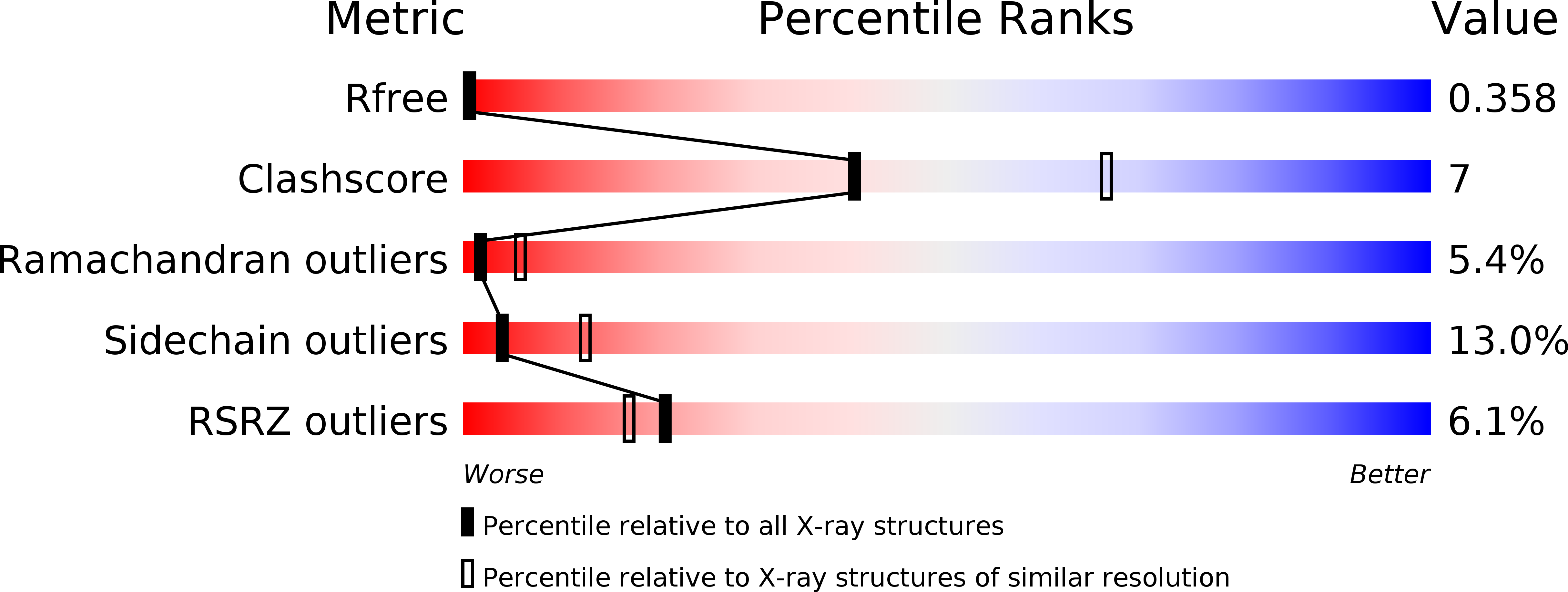
Deposition Date
2010-04-26
Release Date
2010-10-06
Last Version Date
2023-09-06
Entry Detail
PDB ID:
3MP7
Keywords:
Title:
Lateral opening of a translocon upon entry of protein suggests the mechanism of insertion into membranes
Biological Source:
Source Organism:
Pyrococcus furiosus (Taxon ID: 2261)
Host Organism:
Method Details:
Experimental Method:
Resolution:
2.90 Å
R-Value Free:
0.31
R-Value Work:
0.27
R-Value Observed:
0.28
Space Group:
C 2 2 21


